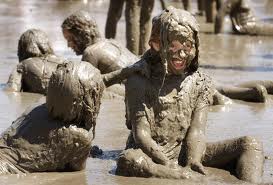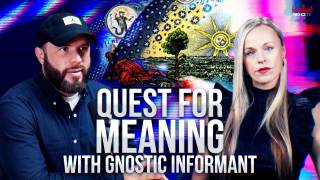Dirty Thoughts: The Healing Qualities of Dirt
Source: organicconnectmag.com
 Recently I’ve been enjoying dirty thoughts. I spend my days in a sterile 8×10 room practicing family medicine and yet my mind is in the soil. This is because I’m discovering just how much this rich, dark substance influences the day-to-day health of my patients. I’m even beginning to wonder whether Hippocrates was wrong, or at least somewhat misguided, when he proclaimed, “Let food be thy medicine.” Don’t get me wrong—food is important to our health. But it might be the soil where our food is grown, rather than the food itself, that offers us the real medicine.
Recently I’ve been enjoying dirty thoughts. I spend my days in a sterile 8×10 room practicing family medicine and yet my mind is in the soil. This is because I’m discovering just how much this rich, dark substance influences the day-to-day health of my patients. I’m even beginning to wonder whether Hippocrates was wrong, or at least somewhat misguided, when he proclaimed, “Let food be thy medicine.” Don’t get me wrong—food is important to our health. But it might be the soil where our food is grown, rather than the food itself, that offers us the real medicine.You would find little to support these assertions within the medical literature. Enter the terms “soil” and “health” into a PubMed database and the top search results portray soil as a risky substance, filled with pathogenic yeast, antibiotic-resistant bacteria, radon, heavy metals, and pesticides. But move past these grim reports, and you will uncover a small, but growing, collection of research that paints soil in a very different light. These studies suggest that soil, or at least some types of soil, can be beneficial to our health.
The scientists investigating this soil-health connection are a varied bunch—botanists, agronomists, ecologists, geneticists, immunologists, microbiologists—and collectively they are giving us new reasons to care about the places where our food is grown.
Lively soil, better food
For example, using DNA sequencing technology, agronomists at Washington State University have recently established that soil teeming with a wide diversity of life (especially bacteria, fungi, and nematodes) is more likely to produce nutrient-dense food. Of course, this makes sense when you understand that it is the cooperation between bacteria, fungi, and plants’ roots (collectively referred to as the rhizosphere) that is responsible for transferring carbon and nutrients from the soil to the plant—and eventually to our plates.
Given this nutrient flow from soil microbes to us, how can we boost and diversify life in the soil? Studies consistently show that ecological farming consistently produces a greater microbial biomass and diversity than conventional farming. Ecological farming (or eco-farming, as my farmer friends call it) includes many systems (biodynamic, regenerative, permaculture, full-cycle, etc.) that share core holistic tenets: protecting topsoil with cover crops and minimal plowing, rotating crops, conserving water, limiting the use of chemicals (synthetic or natural), and recycling all animal and vegetable waste back into the land. Much of this research supports what traditional farmers around the world have long known to be true: the more ecologically we farm, the more nutrients we harvest.
Allergy-fighting microbes
While soil scientists are busy documenting these soil-to-food links, immunologists and allergists in Europe are working above ground to uncover another intriguing soil-health connection, the so-called “farm effect.” Why is it that children raised on ecologically managed farms in Central Europe have much lower rates of allergy and asthma than urban children or those raised on industrialized farms? Once again, almost everything points to microbes—in manure, in unpasteurized milk, in stable dust, on unwashed food and, yes, in the soil. In one study, researchers cultured farm children’s mattresses and found a potpourri of bacteria—most of which are typically found in soil.
How soil microbes and other farm microbes protect against allergic diseases is still a matter of debate, but research is increasingly pointing to a new idea which, for lack of a better term, I will call the “microbiome exchange hypothesis.”
The standard explanation for the “farm effect” is the hygiene hypothesis, which contends that early life (including in utero) exposure to a variety of microbes dampens the allergic response of our adaptive immune system. The problem with this theory is that our immune system is surprisingly simplistic and seems to react similarly whether it is encountering the diverse portfolio of microbes on an ecological farm or the relatively homogeneous collection of microbes typically found in an urban apartment or a conventional farm. But what if our own immune cells are simply a backup mechanism to a more sophisticated first line of defense—our resident microbes?
[...]
Read the full article at: organicconnectmag.com






















